Home>Gardening & Outdoor>Pool & Spa Care>How To Keep Hot Tub Hot In Winter
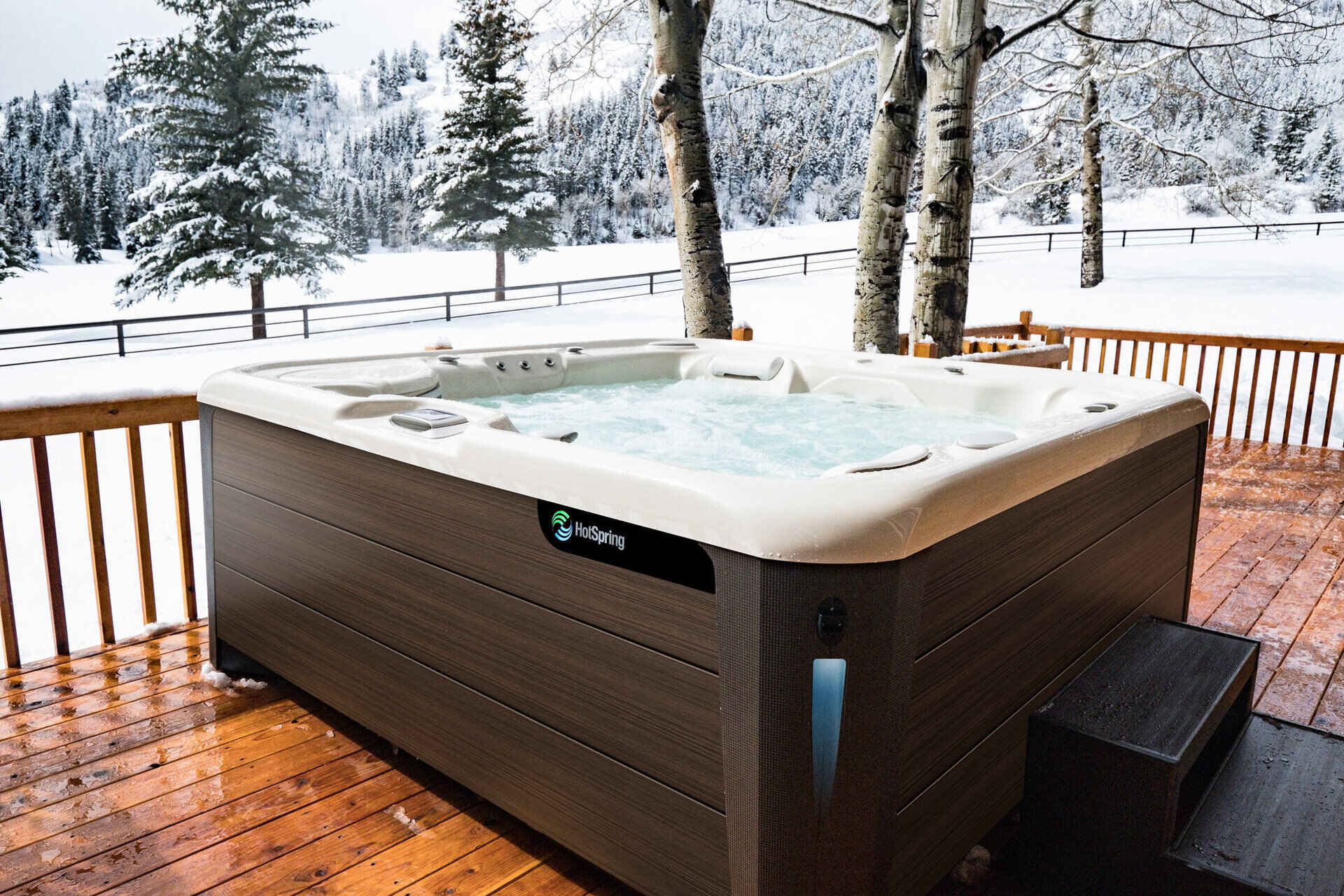

Pool & Spa Care
How To Keep Hot Tub Hot In Winter
Modified: February 25, 2024
Learn effective pool and spa care tips to keep your hot tub hot during the winter months. Discover expert advice and techniques for maintaining optimal temperature and performance.
(Many of the links in this article redirect to a specific reviewed product. Your purchase of these products through affiliate links helps to generate commission for Storables.com, at no extra cost. Learn more)
Introduction
Welcome to the wonderful world of hot tubs! As the temperatures drop and the winter season sets in, it's essential to ensure that your hot tub remains a cozy oasis of relaxation and enjoyment. Whether you're a seasoned hot tub owner or considering investing in one, understanding the best practices for keeping your hot tub warm during the winter months is crucial.
In this comprehensive guide, we'll explore various strategies to help you maintain the ideal temperature in your hot tub, ensuring that you can continue to reap the benefits of this luxurious amenity even when the weather outside is chilly. From insulation and covers to heaters and regular maintenance, we'll delve into the key steps you can take to keep your hot tub inviting and comfortable throughout the winter season.
So, grab a warm beverage, get comfortable, and let's dive into the world of hot tub care during the winter months. By implementing these tips, you'll be well-equipped to make the most of your hot tub, no matter the weather outside.
Key Takeaways:
- Keep your hot tub warm in winter by insulating it with jackets, foam board, and sealing gaps to minimize heat loss and optimize energy efficiency.
- Use a high-quality cover, invest in a suitable heater, maintain your hot tub regularly, and consider a hot tub enclosure to create a cozy and enjoyable winter hot tub experience.
Read more: How To Winterize A Hot Tub In The Winter
Insulate Your Hot Tub
Proper insulation is a fundamental aspect of maintaining the heat within your hot tub, especially during the colder months. Without adequate insulation, your hot tub may struggle to retain its warmth, leading to increased energy consumption and decreased comfort. Here are some effective ways to insulate your hot tub:
- Insulating Hot Tub Jackets: Consider investing in a specially designed hot tub jacket or blanket. These are tailored to fit your hot tub and provide an extra layer of insulation to help retain heat. They are relatively easy to install and can significantly reduce heat loss.
- Foam Board Insulation: Adding foam board insulation to the sides of your hot tub can enhance its ability to retain heat. This method helps prevent heat from escaping through the walls of the tub, thereby maintaining a consistent temperature.
- Seal Any Gaps: Inspect your hot tub for any gaps or areas where heat may escape. Use weather-stripping or caulking to seal these gaps effectively. By preventing heat from leaking out, you can improve the overall insulation of your hot tub.
By taking these insulation measures, you can minimize heat loss and optimize the energy efficiency of your hot tub, ensuring that it remains warm and inviting, even when the winter weather is at its coldest.
Use a Hot Tub Cover
One of the most effective ways to maintain the heat in your hot tub, especially during the winter, is by using a high-quality hot tub cover. A well-fitted cover not only helps to retain heat but also offers additional benefits such as safety and cleanliness. Here’s why a hot tub cover is essential:
- Heat Retention: A durable hot tub cover acts as a thermal barrier, preventing heat from escaping into the surrounding environment. When the hot tub is not in use, promptly placing the cover over it can help maintain the water temperature, reducing the need for frequent reheating.
- Energy Efficiency: By minimizing heat loss, a cover can contribute to energy savings by reducing the workload on the hot tub’s heating system. This not only benefits the environment but also helps lower your utility bills.
- Protection from Debris: A cover shields your hot tub from leaves, twigs, snow, and other debris, helping to keep the water clean and reducing the frequency of maintenance tasks such as skimming and vacuuming.
- Enhanced Safety: When the hot tub is not in use, a securely fastened cover adds a layer of safety by preventing accidental access, especially important for households with children or pets.
When selecting a cover, opt for a high-quality, properly fitting model designed for winter use. Ensure that it is made from durable, weather-resistant materials to withstand the elements and provide reliable insulation. By consistently using a hot tub cover, you can effectively preserve the warmth of your hot tub and create a more enjoyable and efficient winter hot tub experience.
Invest in a Hot Tub Heater
During the winter months, maintaining the ideal temperature in your hot tub may require additional heating support to counteract the colder ambient air. Investing in a hot tub heater can be a game-changer, ensuring that your hot tub remains comfortably warm despite the external chill. Here are some key considerations when selecting a hot tub heater:
- Upgrading to a High-Efficiency Heater: If your current hot tub heater is outdated or inefficient, consider upgrading to a modern, high-efficiency model. Newer heaters are designed to optimize energy usage, providing effective heating while minimizing operational costs.
- Electric or Gas Heating Options: Evaluate the available heating options for your hot tub. Electric heaters are known for their reliability and ease of use, while gas heaters can deliver rapid heating, making them suitable for colder climates.
- Consider Solar Heating: For environmentally conscious hot tub owners, solar heating systems offer a sustainable and cost-effective solution. By harnessing solar energy, these systems can help reduce reliance on traditional heating methods.
- Heater Sizing and Capacity: Ensure that the heater’s capacity aligns with the size of your hot tub. A properly sized heater will efficiently maintain the desired water temperature without excessive energy consumption.
By investing in a suitable hot tub heater, you can effectively bolster the heat retention capabilities of your hot tub, ensuring that it remains a welcoming haven for relaxation and rejuvenation throughout the winter season. Additionally, a well-functioning heater contributes to a more enjoyable and comfortable hot tub experience, even when the weather outside is frosty.
To keep your hot tub hot in winter, consider investing in a good quality insulated cover to minimize heat loss. Additionally, adding a floating thermal blanket can help retain heat and reduce energy costs.
Regularly Maintain Your Hot Tub
Consistent maintenance is paramount for preserving the functionality and heat retention capabilities of your hot tub, especially during the winter. Proper care not only ensures optimal performance but also contributes to a more enjoyable and enduring hot tub experience. Here are essential maintenance tasks to prioritize:
- Monitor Water Chemistry: Regularly test the water chemistry and maintain proper pH and sanitizer levels. Balanced water chemistry not only promotes bather comfort and safety but also helps prevent equipment damage and corrosion, which can impact the hot tub’s heating efficiency.
- Clean and Inspect the Cover: Routinely clean the hot tub cover to remove debris, dirt, and snow buildup. Additionally, inspect the cover for any damage or wear and tear, ensuring that it continues to provide effective insulation and protection.
- Check for Insulation Integrity: Periodically inspect the insulation around the hot tub to identify and address any signs of wear, damage, or deterioration. Proper insulation is vital for heat retention, and addressing insulation issues promptly can prevent heat loss.
- Service the Heating System: Schedule professional maintenance for the hot tub’s heating system, including the heater, thermostat, and associated components. Proper servicing can optimize heating efficiency and identify any potential issues before they escalate.
- Winterize External Components: If your hot tub has external components such as pumps, make sure they are winterized according to the manufacturer’s guidelines. This may involve draining excess water and protecting vulnerable parts from freezing temperatures.
By consistently addressing these maintenance tasks, you can uphold the performance and heat retention capabilities of your hot tub, ensuring that it remains an inviting and rejuvenating retreat, even amidst the winter’s chill.
Read more: How To Close Hot Tub For Winter
Consider a Hot Tub Enclosure
Adding a hot tub enclosure to your outdoor space can significantly contribute to heat retention, comfort, and overall enjoyment, particularly during the winter months. An enclosure provides a range of benefits that extend beyond insulation, creating a cozy and sheltered environment for your hot tub. Here’s why you should consider a hot tub enclosure:
- Enhanced Heat Preservation: An enclosure acts as a protective barrier against cold winds and inclement weather, helping to maintain the hot tub’s temperature more effectively. By shielding the hot tub from external elements, an enclosure minimizes heat loss and reduces the strain on the heating system.
- Extended Usability: With a well-designed enclosure, you can enjoy your hot tub in comfort regardless of the weather conditions. Whether it’s snowing, raining, or windy, the enclosure provides a sheltered space, allowing you to indulge in the relaxing benefits of your hot tub year-round.
- Privacy and Ambiance: An enclosure offers privacy and seclusion, creating a tranquil atmosphere for your hot tub sessions. Additionally, you can personalize the enclosure with lighting, decor, and seating, enhancing the overall ambiance and creating a welcoming retreat.
- Protection from Debris: Beyond heat retention, an enclosure shields your hot tub from debris, such as falling leaves, snow, and branches, reducing the frequency of cleaning and maintenance tasks during the winter season.
When considering a hot tub enclosure, explore various design options that complement your outdoor space and align with your preferences. Whether it’s a fully enclosed structure or a partially open pavilion-style setup, the enclosure can elevate your hot tub experience, making it a year-round sanctuary of relaxation and rejuvenation.
Conclusion
Congratulations on delving into the world of hot tub care during the winter season! By implementing the strategies outlined in this guide, you can ensure that your hot tub remains a warm and inviting haven, providing relaxation and comfort even when the temperatures plummet. From insulation and covers to heaters and regular maintenance, each aspect plays a crucial role in preserving the heat and functionality of your hot tub throughout the chilly winter months.
Remember, proper insulation, the use of a high-quality cover, investing in a suitable heater, consistent maintenance, and the consideration of a hot tub enclosure collectively contribute to an enhanced winter hot tub experience. By prioritizing these measures, you can optimize energy efficiency, minimize heat loss, and create a comfortable and enjoyable environment for hot tub relaxation, regardless of the weather outside.
As you embark on this winter hot tub care journey, take the time to tailor these strategies to your specific hot tub model, climate, and personal preferences. By doing so, you can maximize the benefits of your hot tub and create a cozy retreat that beckons, even amidst the winter’s frosty embrace.
So, embrace the season, bundle up, and immerse yourself in the soothing warmth of your well-maintained hot tub. Here’s to a winter filled with relaxation, rejuvenation, and the delightful comforts of your cherished hot tub sanctuary.
Frequently Asked Questions about How To Keep Hot Tub Hot In Winter
Was this page helpful?
At Storables.com, we guarantee accurate and reliable information. Our content, validated by Expert Board Contributors, is crafted following stringent Editorial Policies. We're committed to providing you with well-researched, expert-backed insights for all your informational needs.
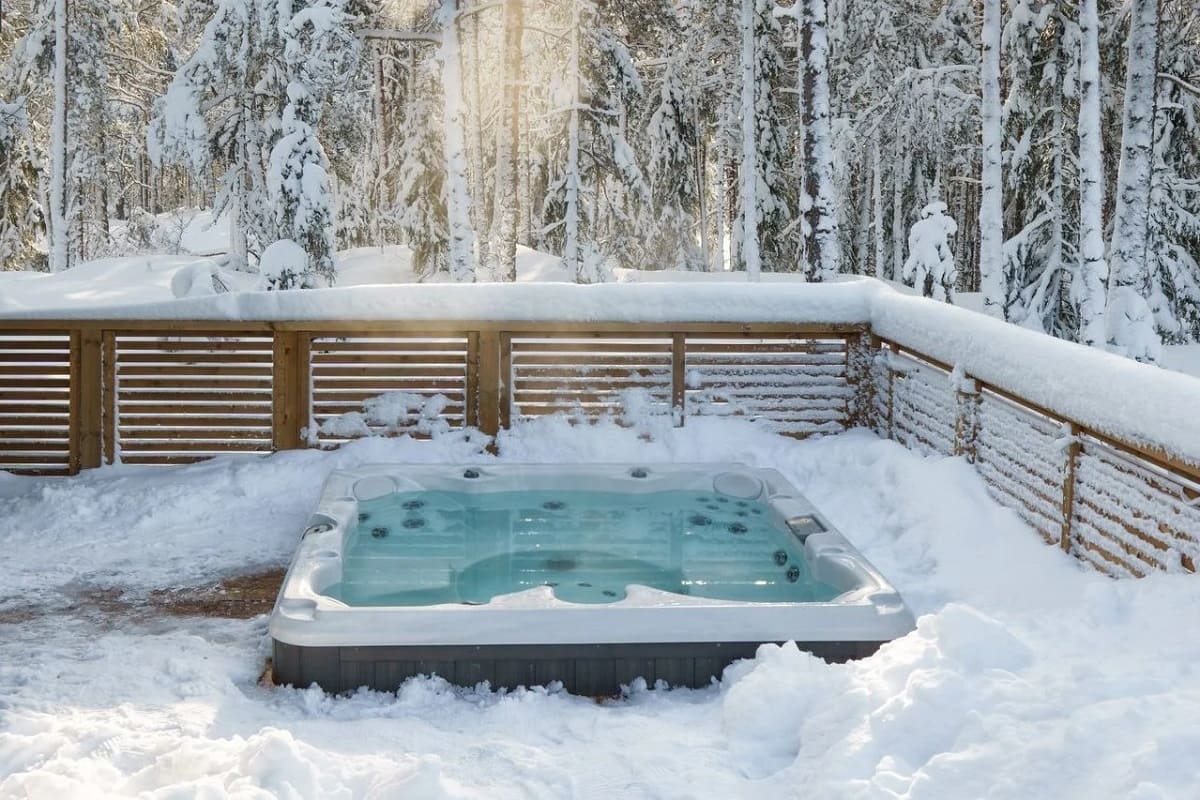
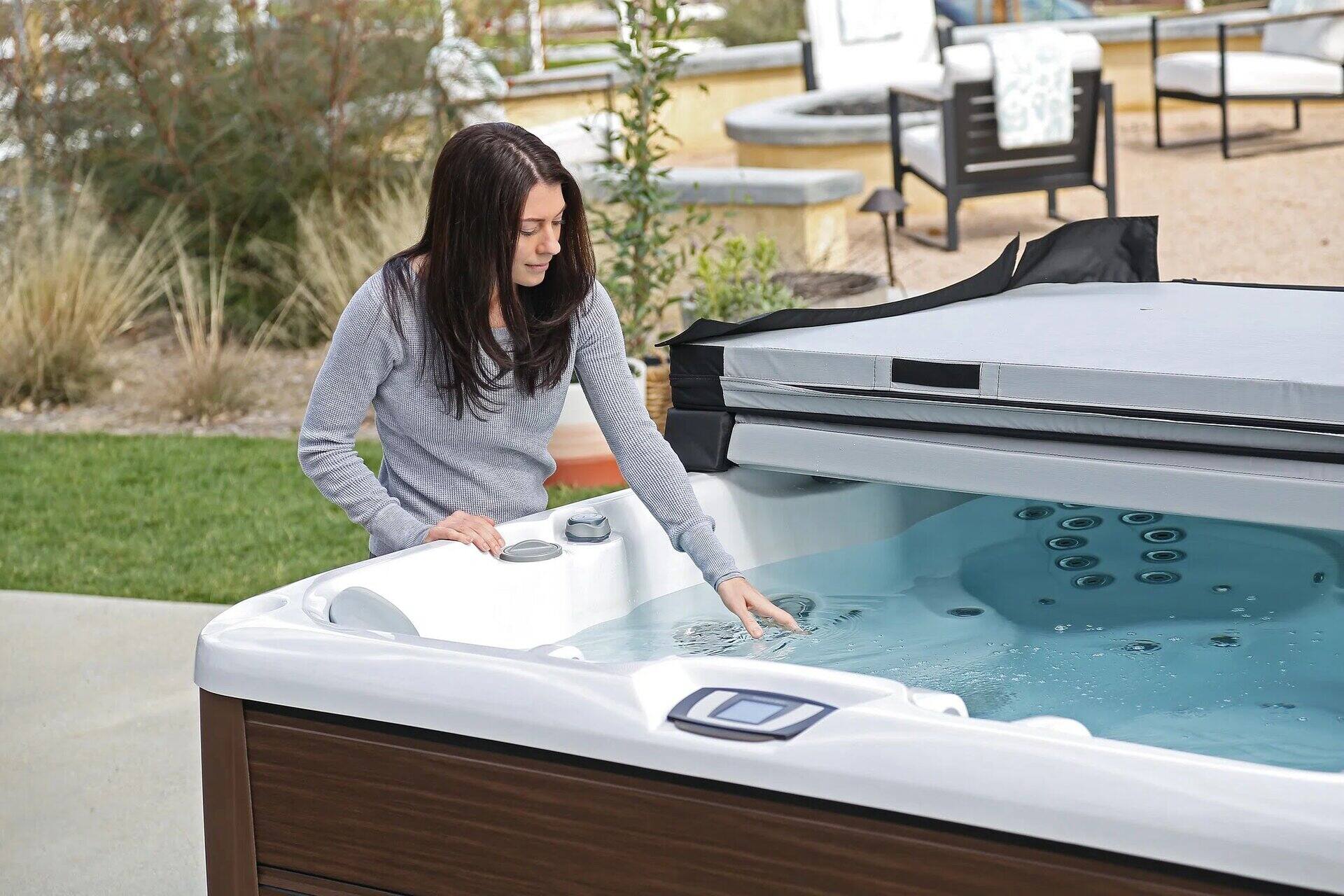
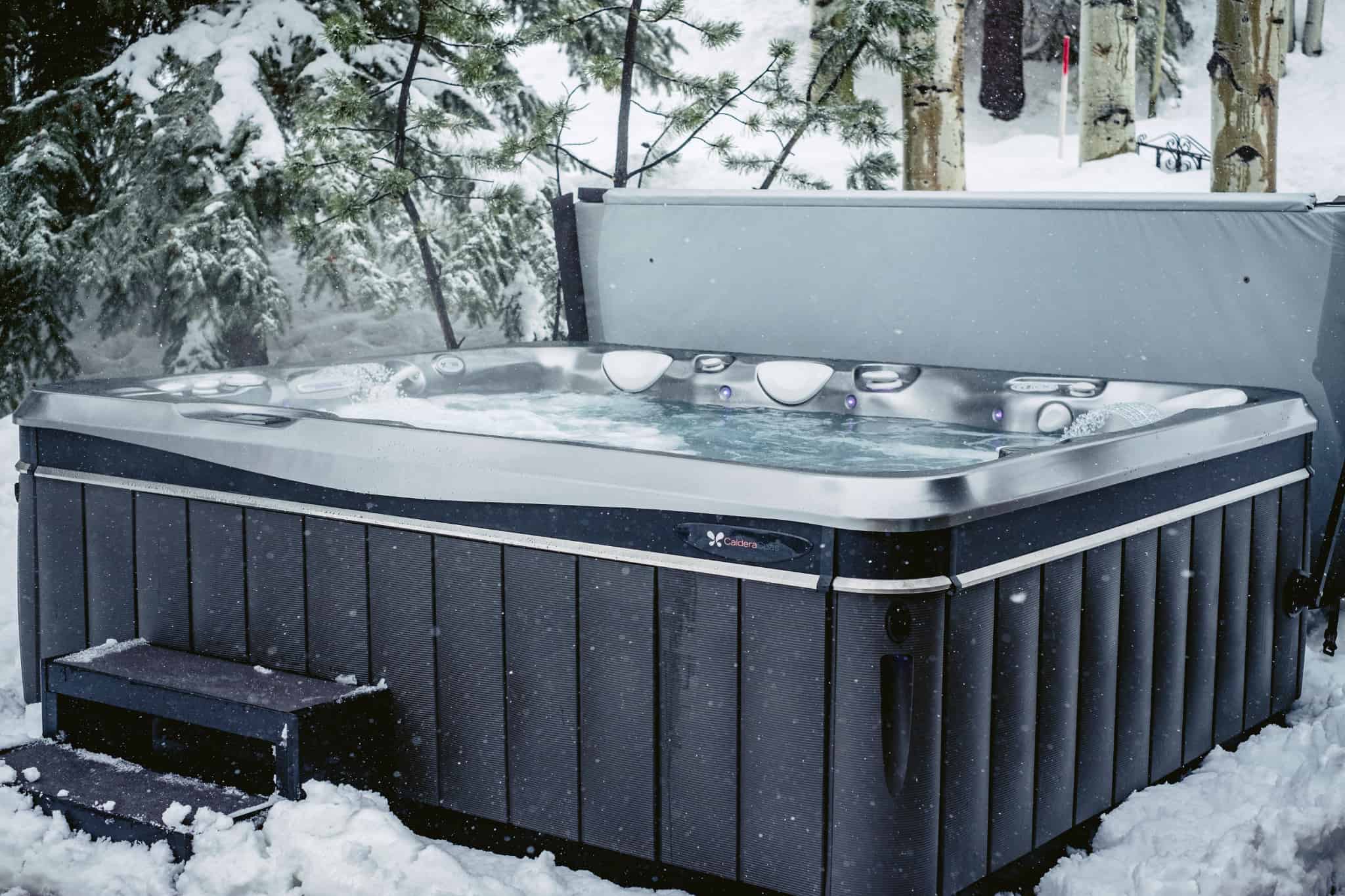
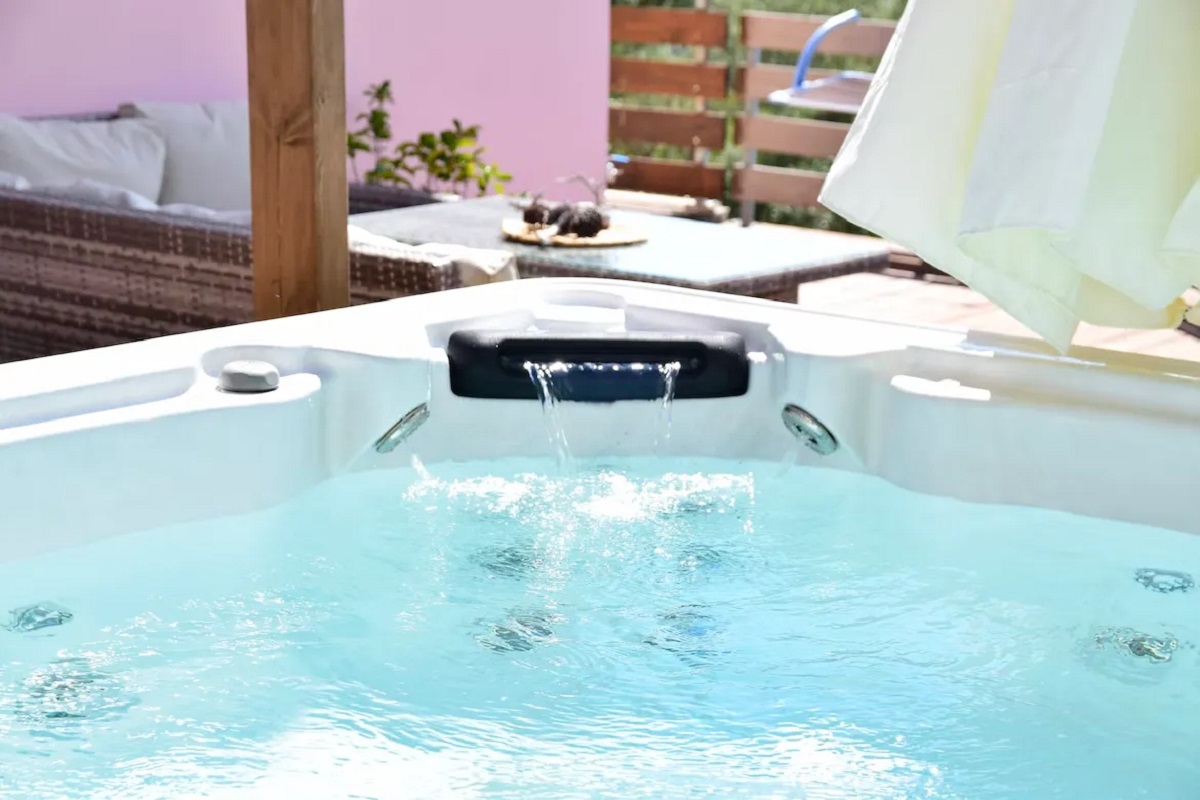
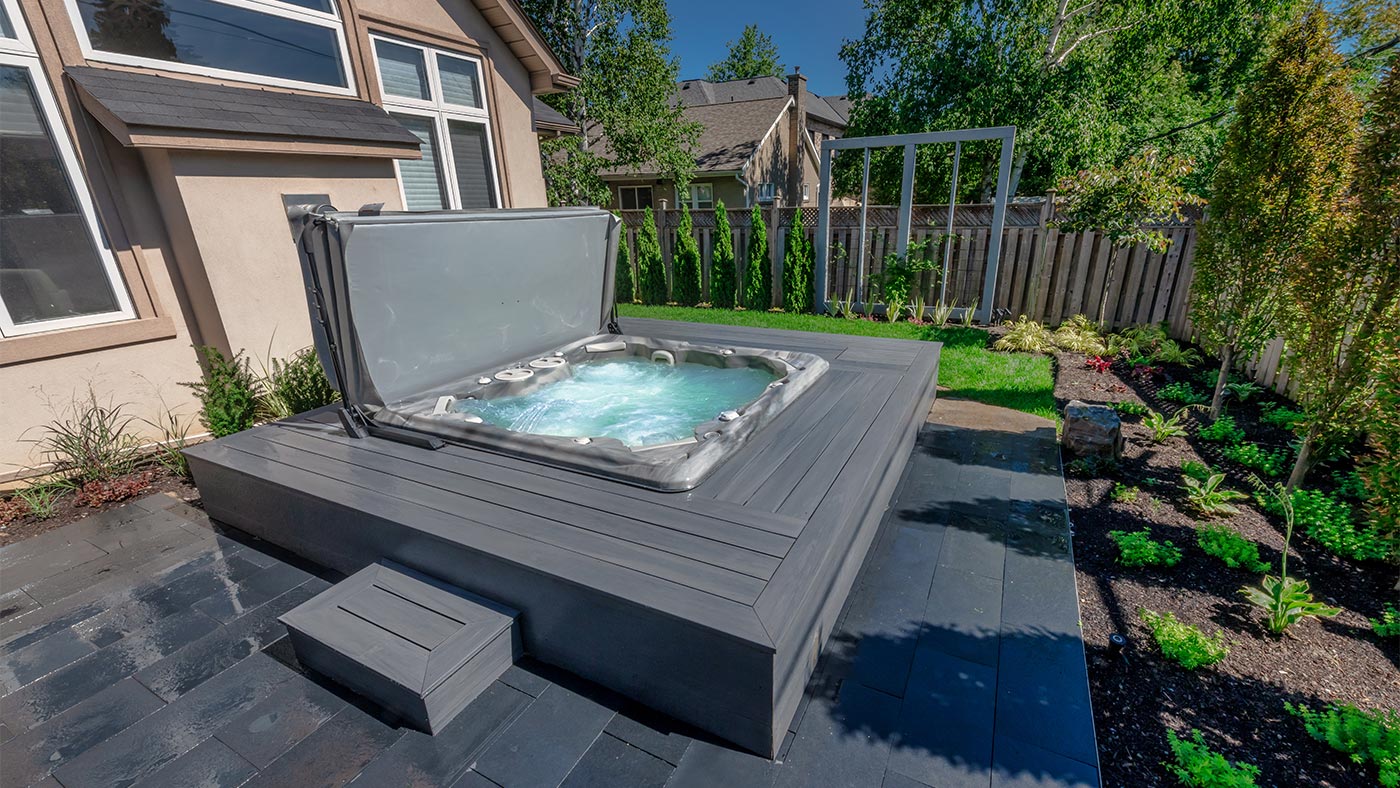
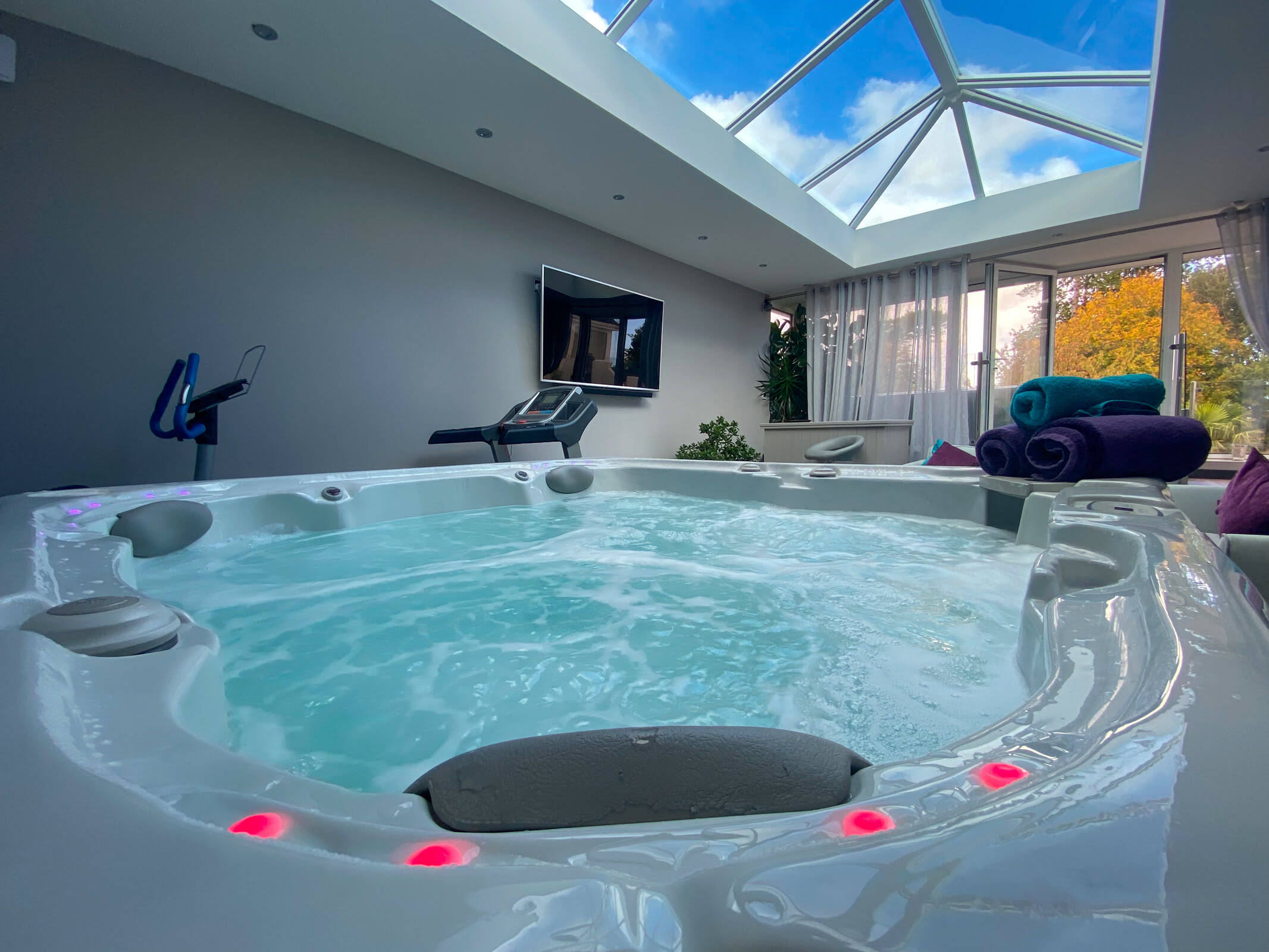
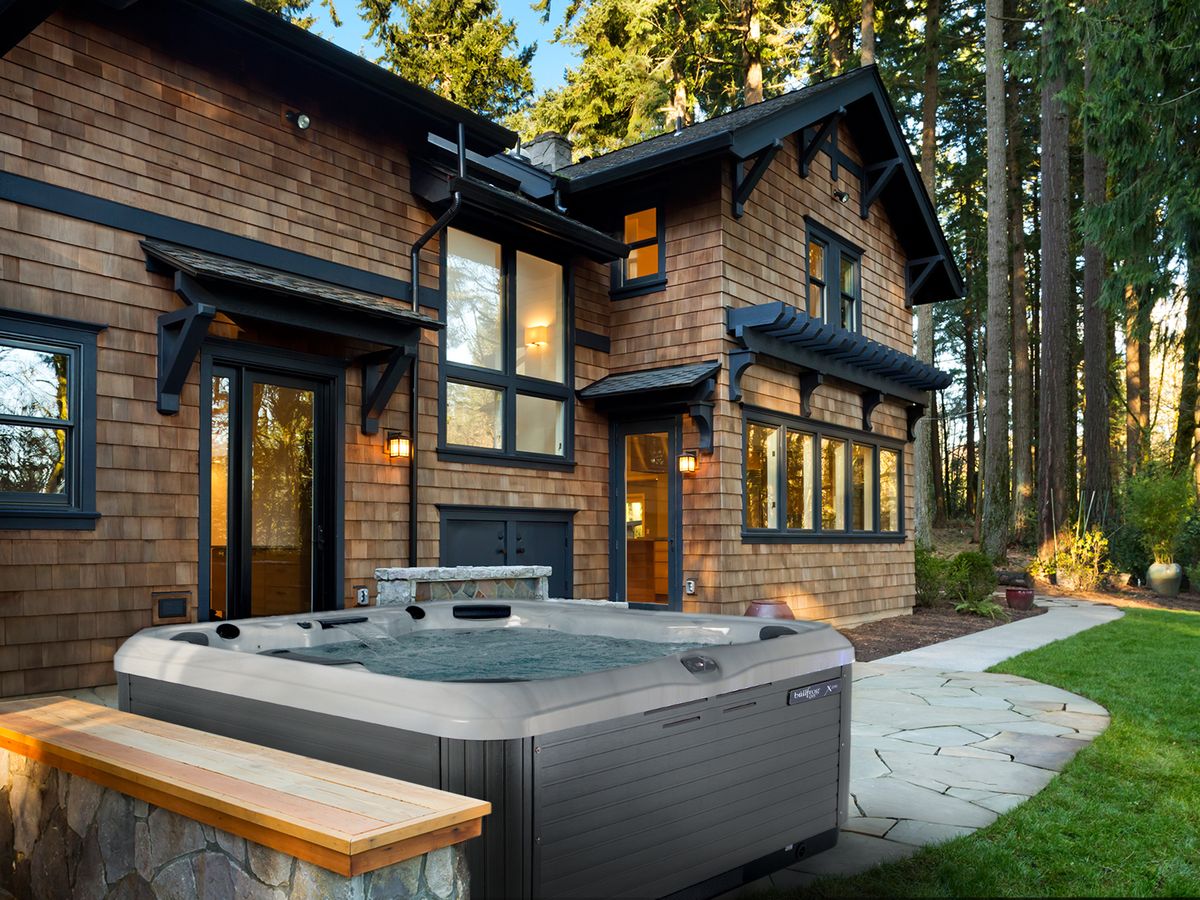

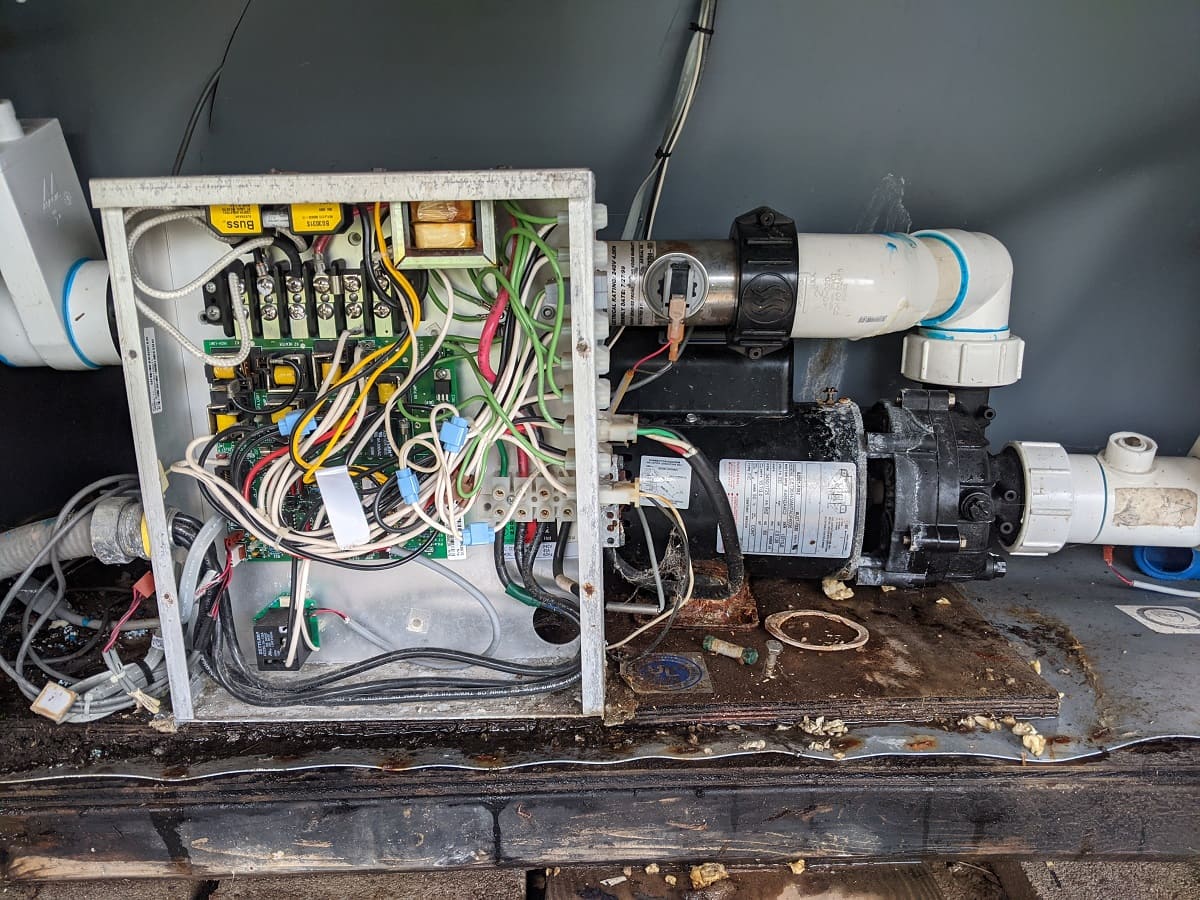
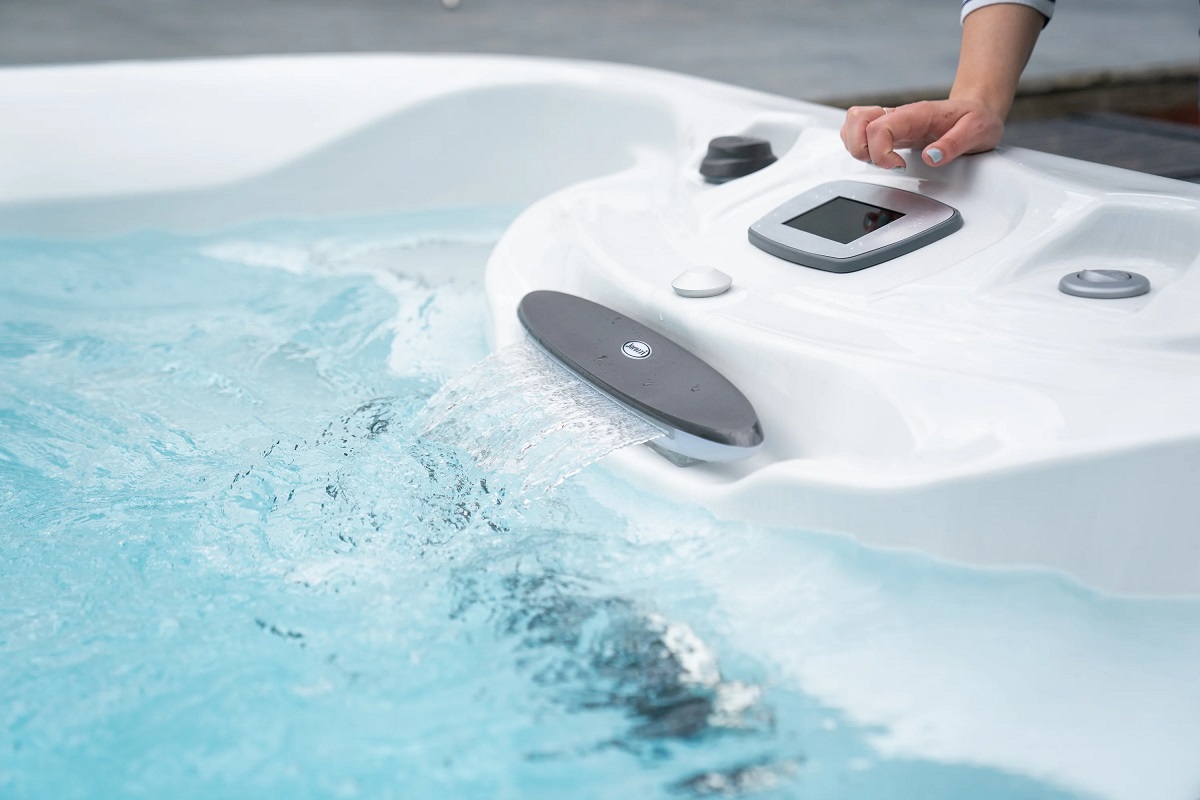

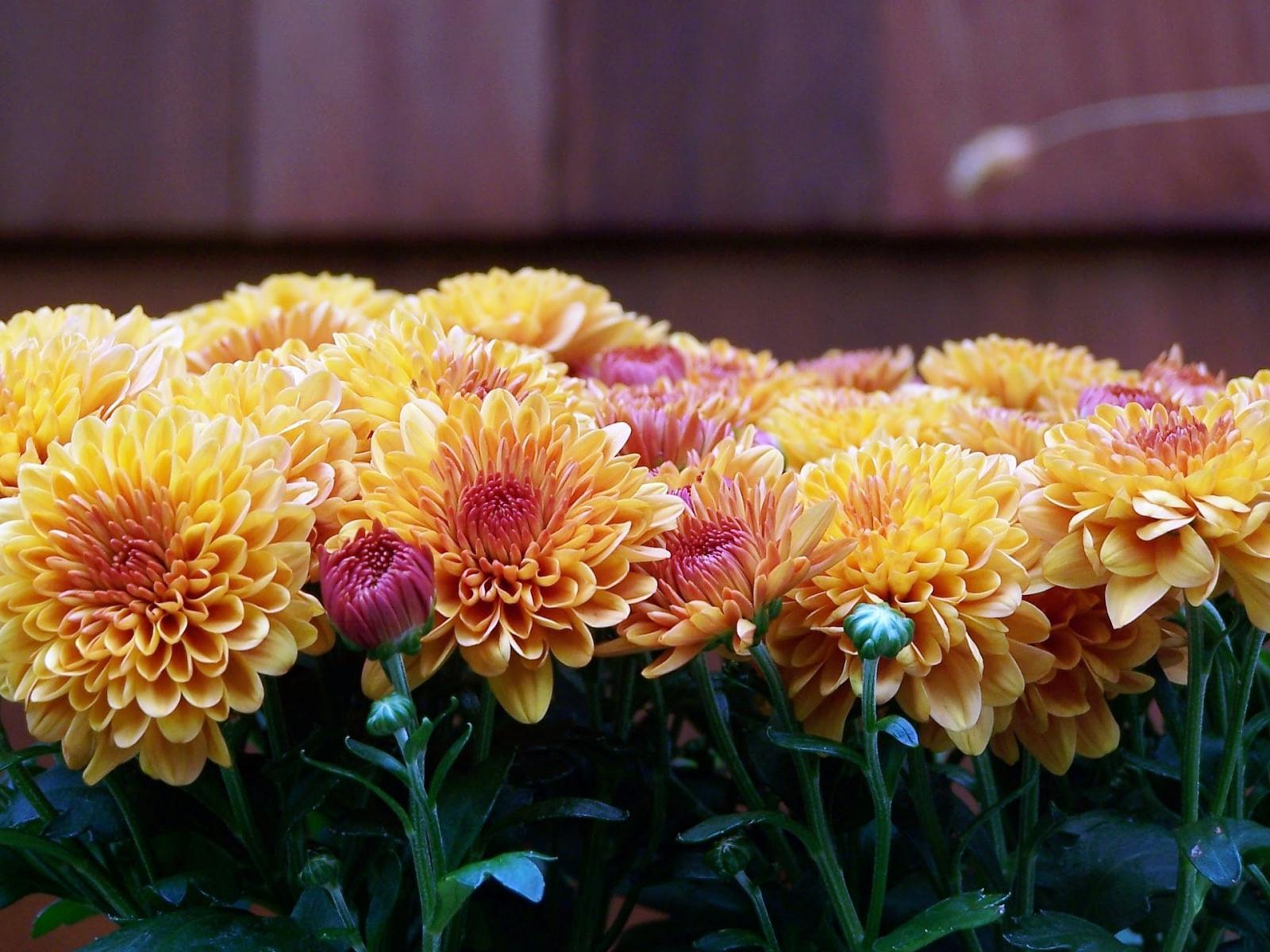
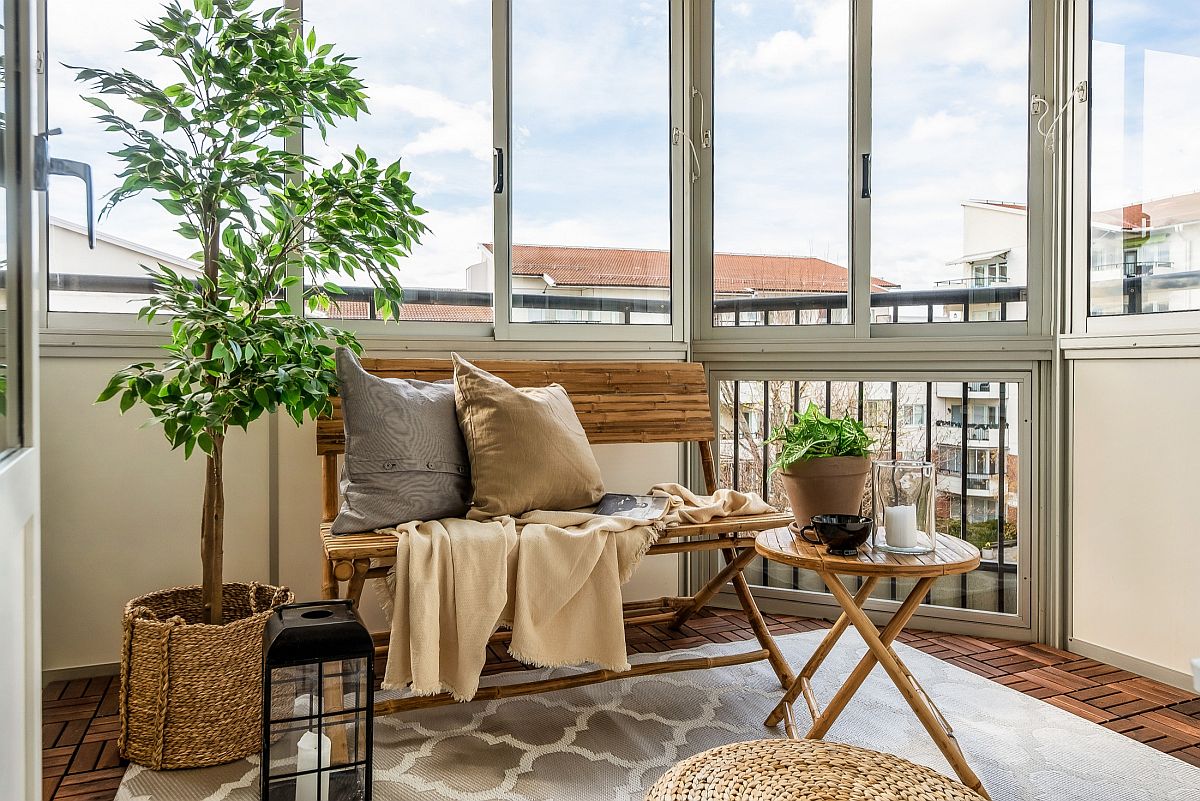
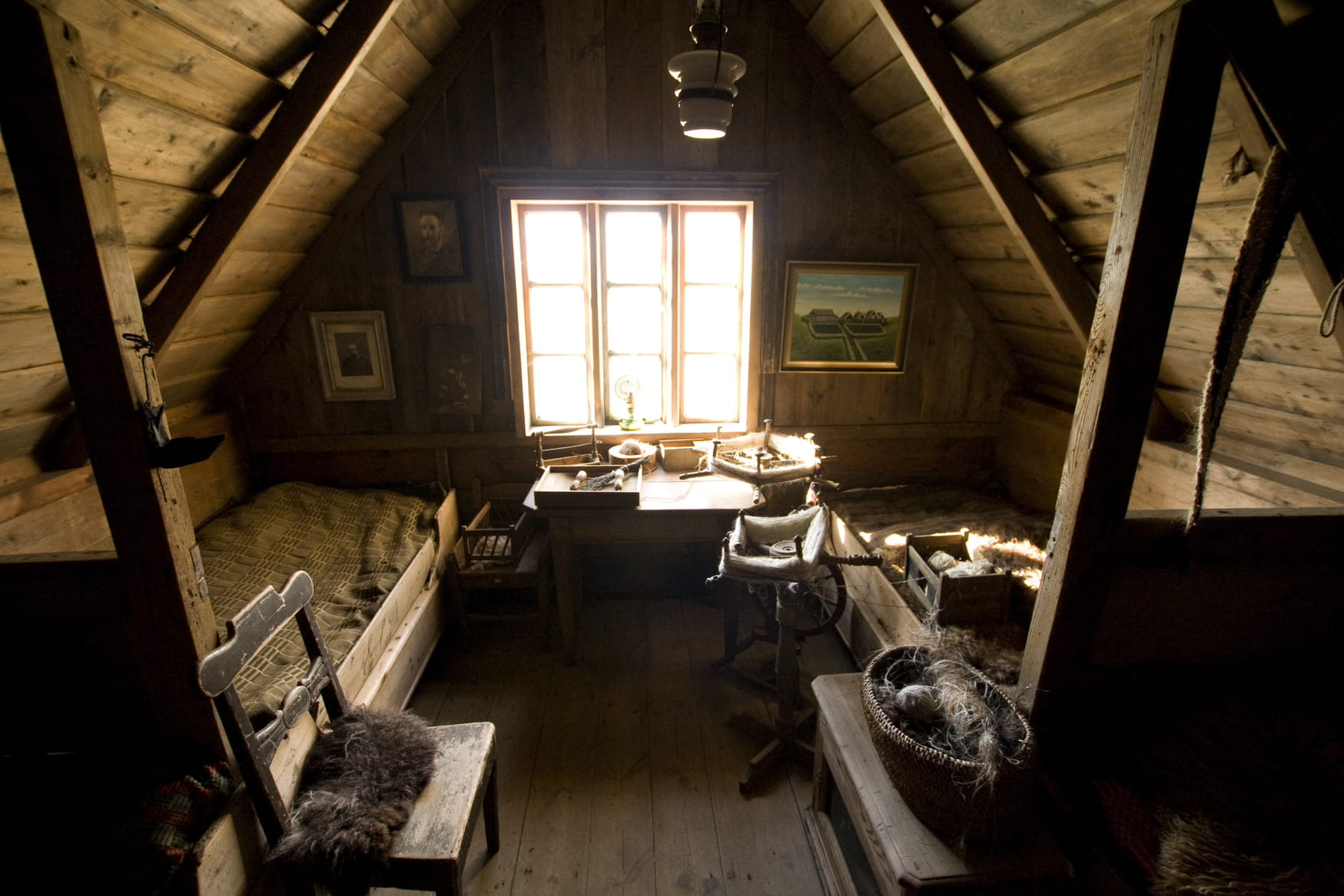

0 thoughts on “How To Keep Hot Tub Hot In Winter”